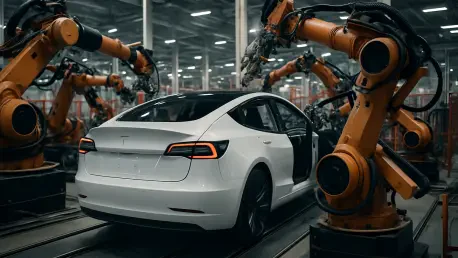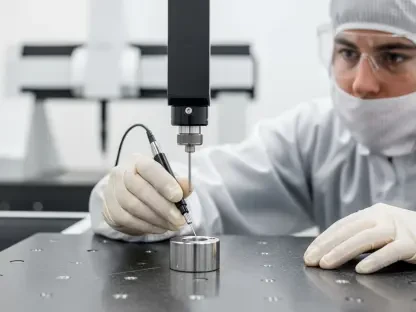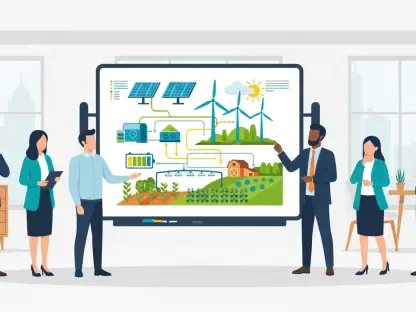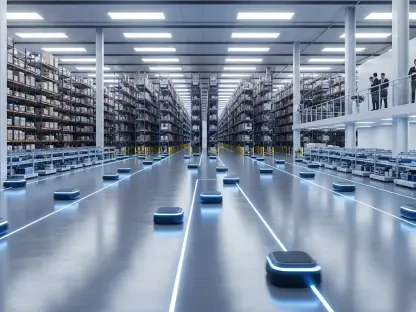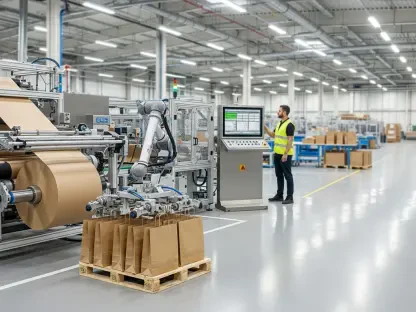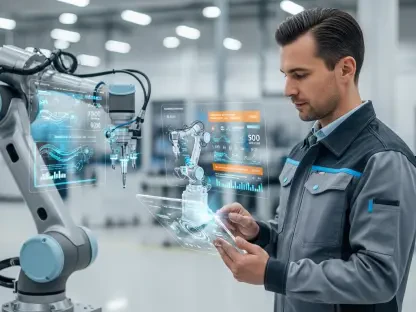Imagine a world where self-driving cars promise freedom from traffic woes, yet a single tragic crash can shake the foundation of that vision, sparking intense debate across the electric vehicle (EV) and autonomous driving sectors. A Florida jury’s decision to award $243 million against Tesla for a fatal 2019 Autopilot crash has raised critical questions about accountability, safety, and the pace of innovation. This landmark ruling, stemming from a collision that claimed a life due to a defective semi-autonomous system, has become a pivotal moment for the industry. This roundup gathers diverse perspectives from industry leaders, legal analysts, and technology experts to explore how this verdict could reshape the trajectory of EV automation. The purpose is to provide a comprehensive view of the implications, contrasting opinions, and actionable insights for stakeholders navigating this evolving landscape.
Unpacking the Legal Shockwave: What Happened and Why It Matters
The case at the heart of this discussion involves a 2019 incident where a Tesla Model S, operating on Autopilot, failed to detect a parked vehicle, resulting in a deadly collision. Despite the driver’s admitted distraction, the jury held Tesla partially liable for flaws in its driver-assistance technology, marking a significant shift in how responsibility is assigned. This ruling has become a focal point for discussions on product liability in the realm of semi-autonomous systems, challenging long-standing assumptions about driver accountability.
Industry voices highlight the unprecedented nature of this decision as a wake-up call for manufacturers. Many argue that it sets a new benchmark, forcing companies to prioritize rigorous testing and transparency in their autonomous systems. The consensus among legal observers is that this verdict could inspire a surge of similar lawsuits, pushing the industry to reevaluate risk management strategies.
A key concern raised by some analysts is the potential chilling effect on innovation. While accountability is crucial, there’s a fear that excessive litigation might deter smaller players from entering the market, consolidating power among larger corporations like Tesla. This duality—balancing safety with progress—forms the crux of ongoing debates.
Diverse Perspectives on Manufacturer Accountability
A Shift in Liability: Who Bears the Blame?
One prominent viewpoint among legal experts is that the $243 million penalty signals an era where manufacturers can no longer hide behind the excuse of driver error. The argument is that if a system like Autopilot is marketed as advanced, companies must ensure it performs reliably under real-world conditions. This perspective emphasizes the need for clearer guidelines on what semi-autonomous tech can and cannot do.
Contrarily, some industry insiders caution against placing too much blame on manufacturers, asserting that drivers must remain vigilant regardless of technological aids. They point out that over-reliance on systems not yet perfected could exacerbate risks, suggesting that education on system limitations should be a shared responsibility. This split in opinion underscores a broader tension between user behavior and corporate duty.
A third angle comes from consumer advocacy groups, who welcome the ruling as a victory for public safety. Their stance is that financial penalties like this compel companies to invest more in fail-safes, potentially saving lives in the long run. This diversity of thought illustrates how accountability remains a complex, multifaceted issue.
Regulatory Implications: A Slower Path to Full Autonomy?
On the regulatory front, many experts predict that this verdict will intensify scrutiny of autonomous driving programs, particularly Tesla’s ambitious Full Self-Driving (FSD) rollout. There’s a shared concern that state authorities, especially in regions with stringent safety standards, might delay approvals for widespread deployment, impacting timelines for services like robotaxis planned for expansion over the next few years.
Some technology analysts, however, see a silver lining, suggesting that heightened oversight could lead to better, safer systems in the long term. They argue that regulatory caution forces innovation to align with public interest, even if it means short-term setbacks for industry leaders. This optimistic take contrasts with more pessimistic views about stalled progress.
A differing opinion from certain business strategists highlights the competitive angle, noting that delays for one company could open doors for others. Competitors prioritizing compliance and safety might gain market share, reshaping the landscape of EV automation. This perspective adds another layer to the regulatory debate, focusing on market dynamics.
Industry-Wide Challenges and Opportunities
Navigating the Complexity of Autonomous Tech
A recurring theme among technology specialists is the growing complexity of integrating autonomous features into vehicles. The consensus is that as systems advance, the need for robust testing protocols becomes non-negotiable, especially in light of legal precedents like this one. This viewpoint stresses the importance of anticipating failures before they occur on public roads.
Regional differences in regulatory approaches also draw attention, with some pointing out that stricter standards in certain states could create uneven playing fields. Experts suggest that harmonizing policies globally might be necessary to ensure consistent safety benchmarks, though achieving this remains a daunting task. This angle broadens the discussion to international implications.
Another insight focuses on the opportunity for the industry to pivot toward greater collaboration with policymakers. By proactively addressing liability frameworks, companies could mitigate future risks while fostering trust among consumers. This forward-thinking approach contrasts with more reactive stances, advocating for strategic planning.
Commercial Fallout: Trust and Valuation in the Balance
From a commercial standpoint, financial analysts note that Tesla’s valuation, heavily tied to its AI and automation strategy, faces risks due to shaken consumer confidence. The timing of the verdict is seen as particularly damaging, coinciding with critical growth phases for autonomous initiatives. This perspective emphasizes the stakes for market perception.
On the flip side, some business observers believe that Tesla has the resilience to weather this storm by doubling down on transparency and safety enhancements. They argue that a proactive response could turn a setback into a trust-building opportunity, setting an example for the sector. This hopeful outlook balances the narrative of immediate financial peril.
A contrasting opinion from marketing experts centers on consumer sentiment, warning that repeated incidents could erode brand loyalty over time. They advocate for aggressive public relations campaigns to educate users on technology limits, suggesting that perception management is as vital as technical fixes. This angle highlights the softer, yet critical, side of commercial impact.
Key Takeaways from the Roundup
Reflecting on the myriad opinions shared, it becomes clear that the $243 million verdict against Tesla has sparked a profound reckoning within the EV and autonomous driving sectors. Discussions revealed a redefined sense of manufacturer accountability, with many agreeing that companies must shoulder greater responsibility for system flaws. Regulatory delays emerged as a significant concern, yet some saw them as a necessary step toward safer innovation, while commercial risks to trust and valuation underscored the high stakes involved.
Diverging views on liability—ranging from strict corporate blame to shared driver responsibility—highlighted the complexity of assigning fault in semi-autonomous contexts. The roundup also illuminated opportunities, such as competitors gaining ground through safety-focused strategies and the potential for industry-policy collaboration to shape clearer guidelines. These insights painted a picture of an industry at a crossroads, balancing innovation with accountability.
Looking ahead, stakeholders are encouraged to delve deeper into safety validations and transparent communication as next steps. Engaging with regulators to establish robust liability frameworks stands out as a practical solution, alongside efforts to educate consumers on the realistic capabilities of current technologies. Exploring further resources on EV automation trends and legal precedents is recommended to stay informed, ensuring that the lessons from this verdict continue to guide the path toward a safer, more reliable autonomous future.
